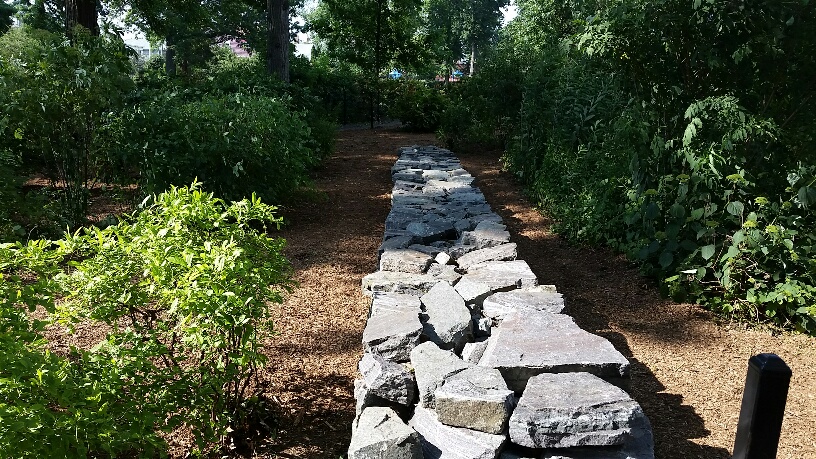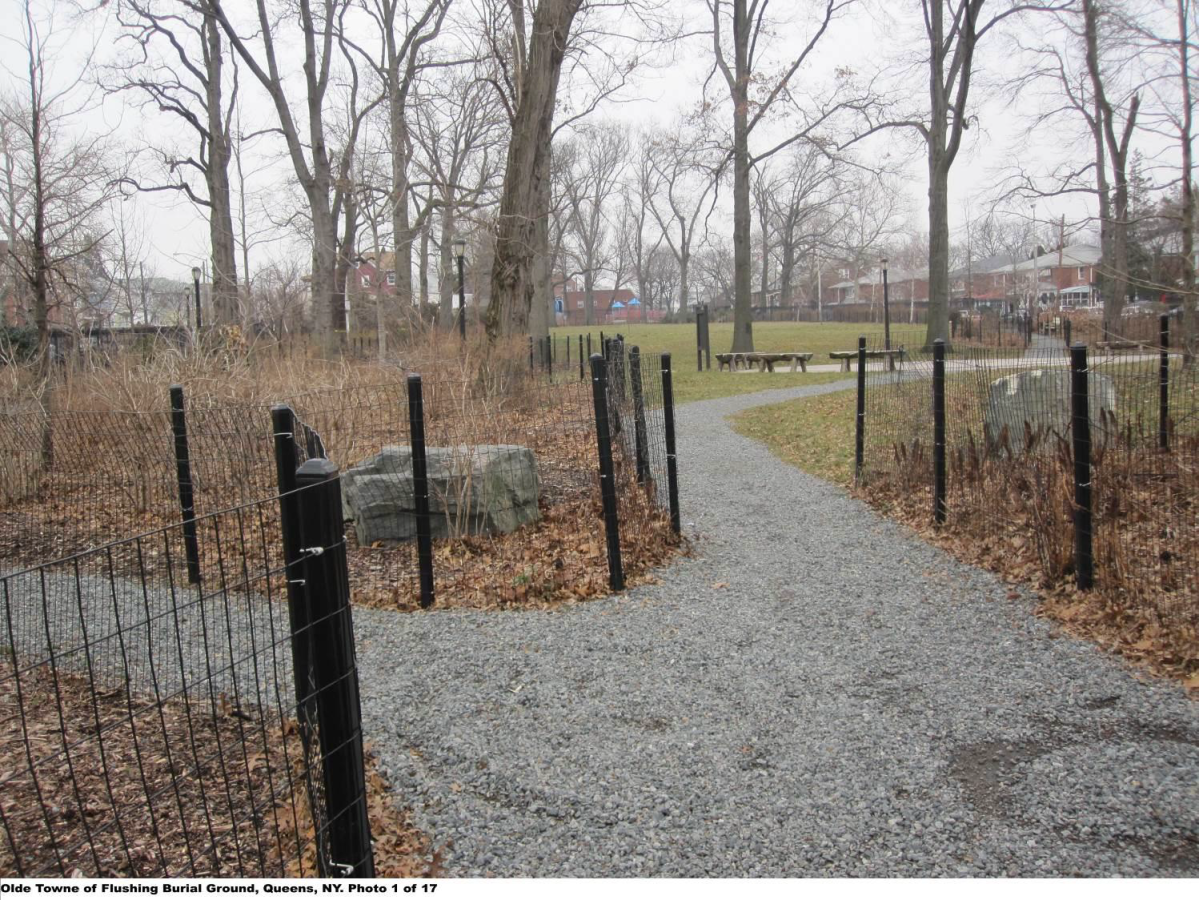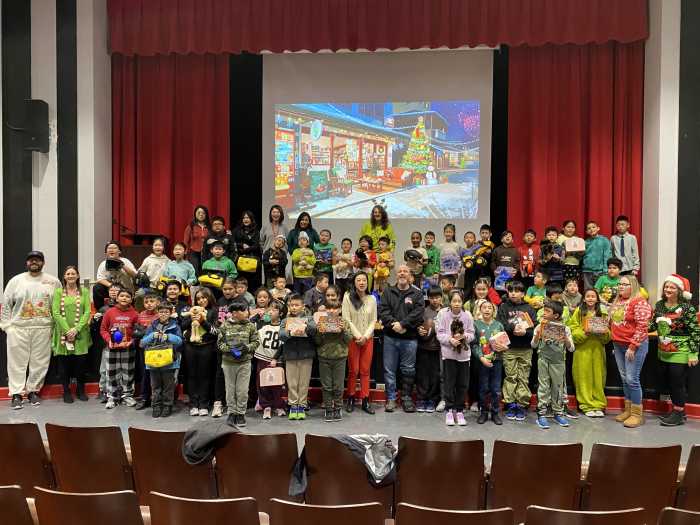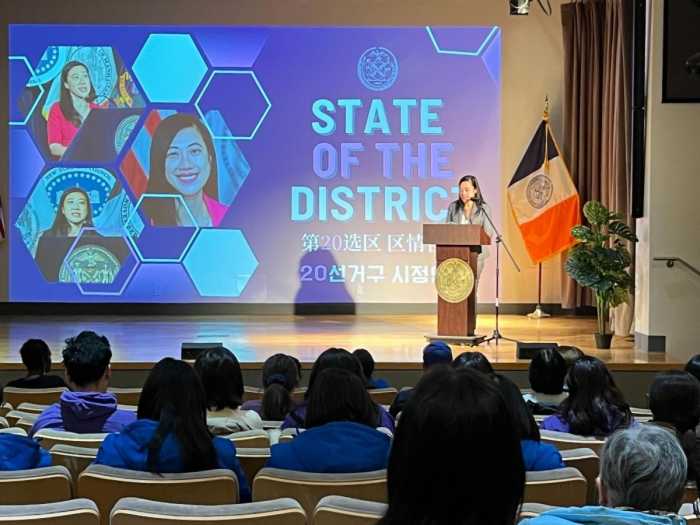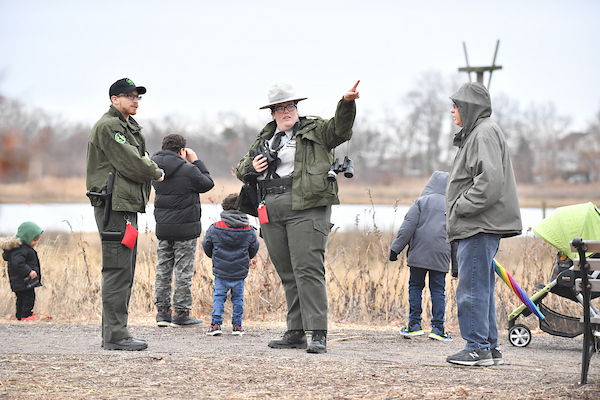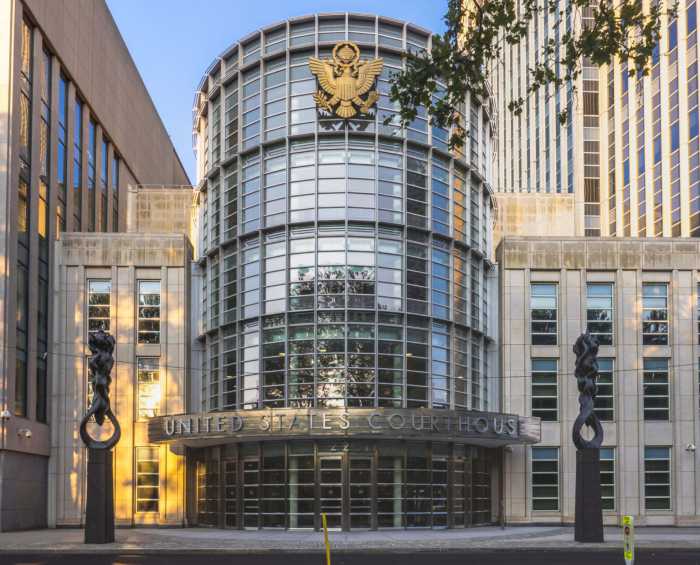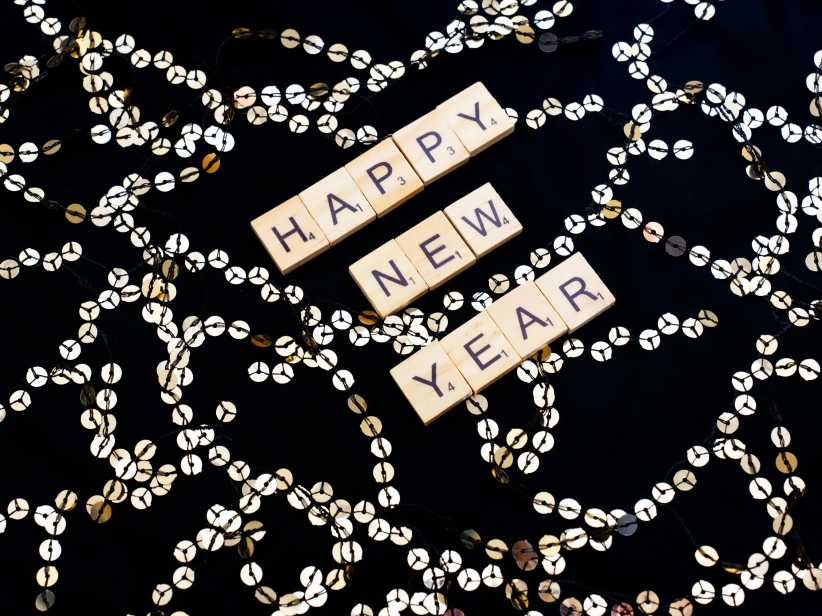The final resting place of nearly 1,000 African American and Native American people in Flushing should be recognized on the State and National Registers of Historic Places, according to Governor Andrew Cuomo.
The governor announced on Dec. 22 that the Olde Towne of Flushing Burial Ground, located on 165th Street near 46th Avenue, is among 23 historic sites across the Empire State recommended for inclusion on the registers.
Once known as “Martin’s Field” or the “Pauper Burial Ground,” the cemetery’s significance came to light in the 1990s, when the Parks Department embarked on renovating the site. Even though its past was well documented in the Flushing Journal and other sources, the burial ground had become the Flushing town commons when the Parks Department acquired it in 1914.
In the 1930s, under the leadership of Parks Commissioner Robert Moses, the Parks Department began transforming the land into an active playground for children. While excavating the site, the Parks Department noted, workers found evidence that people had been buried there, including pennies that had been placed upon the eyes of the dead.
The discovery, however, did not thwart Moses’ plans, and the playground opened in 1938. The park included a wading pool, a baseball field and swing sets.
Research found that the former town of Flushing acquired the land from the Bowne family for use as a cemetery in the middle 1800s. The area had been hit with a cholera epidemic in 1840, followed four years later by a smallpox outbreak; both events claimed many lives. Townspeople chose to inter cholera victims at the new site because they feared that the infected remains would contaminate the local church cemetery.
Advances in medicine, public hygiene and scientific knowledge resulted in fewer cholera deaths and interments in the Olde Towne of Flushing Burial Ground. However, starting in the 1880s, the Town of Flushing used the site again as a final resting place for African American and Native Americans in the area who died. The Flushing Journal wrote editorials calling on the town to use the site after the local African Methodist Episcopal (AME) Church ran out of space in its graveyard.
Members of the Bunn family, who were parishioners of the AME Church, were buried in the Olde Towne of Flushing Burial Ground. Their names are etched on the only marked gravestones at the site. The last known interment there took place in 1898, as the cemetery was closed.
An archeological study that the Parks Department commissioned in 1996 found that between 500 and 1,000 people had been interred at the burial ground. More than half of them were children under 5 years of age.
The Parks Department finished renovations at the site in 2004, a project funded by then-Borough President Helen Marshall and then-Councilman John Liu. The improvements included a paved area with a central stone featuring the site’s history, a historic wall, new trees and a modernized toddler playground.
